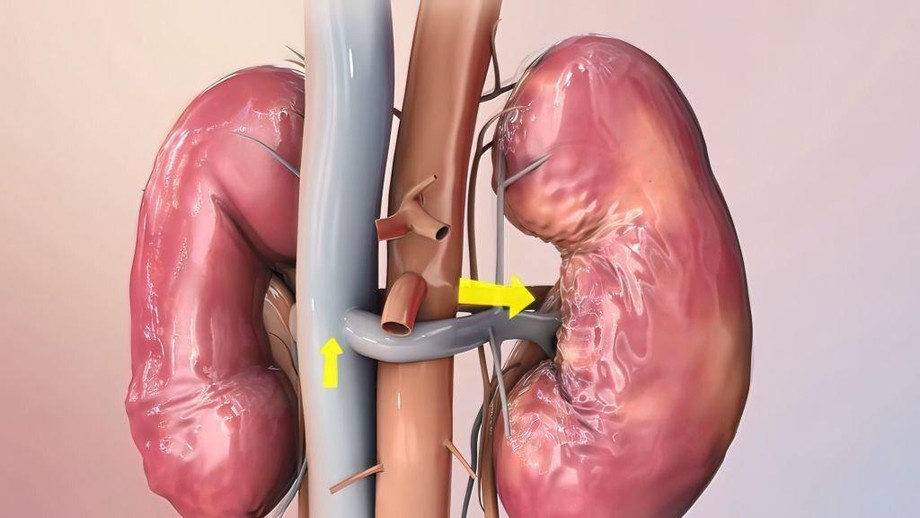Percutaneous nephrolithotomy (PCNL) is a surgical procedure to remove kidney stones that are too large to pass naturally or by other non-invasive treatments. In this procedure, a small incision i
s made in the back to create a tunnel through the skin and tissue to access the kidney. T
hen an endoscope is inserted through the incision to find and remove kidney stones.
PCNL is usually performed under general anesthesia and requires a short hospital stay of
1-3 days. This procedure has a high success rate and is considered safe and effective in treating large or complex kidney stones. This procedure is recommended for patients with kidney stones larger than 2 c
m or located in areas of the kidney that are difficult to access with other non-invasive treatments. PCNL is also used in patients with other medical conditions that make other treatments less safe or effective.
Prior to the procedure, the patient may need to have imaging tests, such as a CT scan or ultrasound, to locate kidney stones and determine the best method for their removal. Patients are also advised to stop taking blood thinners such as aspirin and warfarin before surgery to reduce the risk of bleeding.
During surgery, the patient lies on their back and a small incision is made in their back. A guidewire is then inserted into the kidney through the incision and tunneled with a series of dilators. A nephroscope, a thin tubular instrument with a camera and light source, is inserted through a tunnel to locate and remove kidney stones. After the stone is removed, a tube called a nephrostomy tube is inserted into the kidney to drain any remaining fluid and debris.
After the procedure, patients may experience pain or discomfort in the back or abdomen and may be given pain relievers to manage these symptoms. Patients are also advised to drink plenty of fluids to wash away any remaining stone debris. In some cases, patients may need to undergo additional procedures to completely remove all kidney stones.
Overall, PCNL is a safe and effective surgical procedure for treating large or complex kidney stones. Patients should discuss the risks and benefits of this procedure with their doctor to determine if this is the best treatment option for their individual needs.
For more information Visit: www.drmayurdalvi.com

